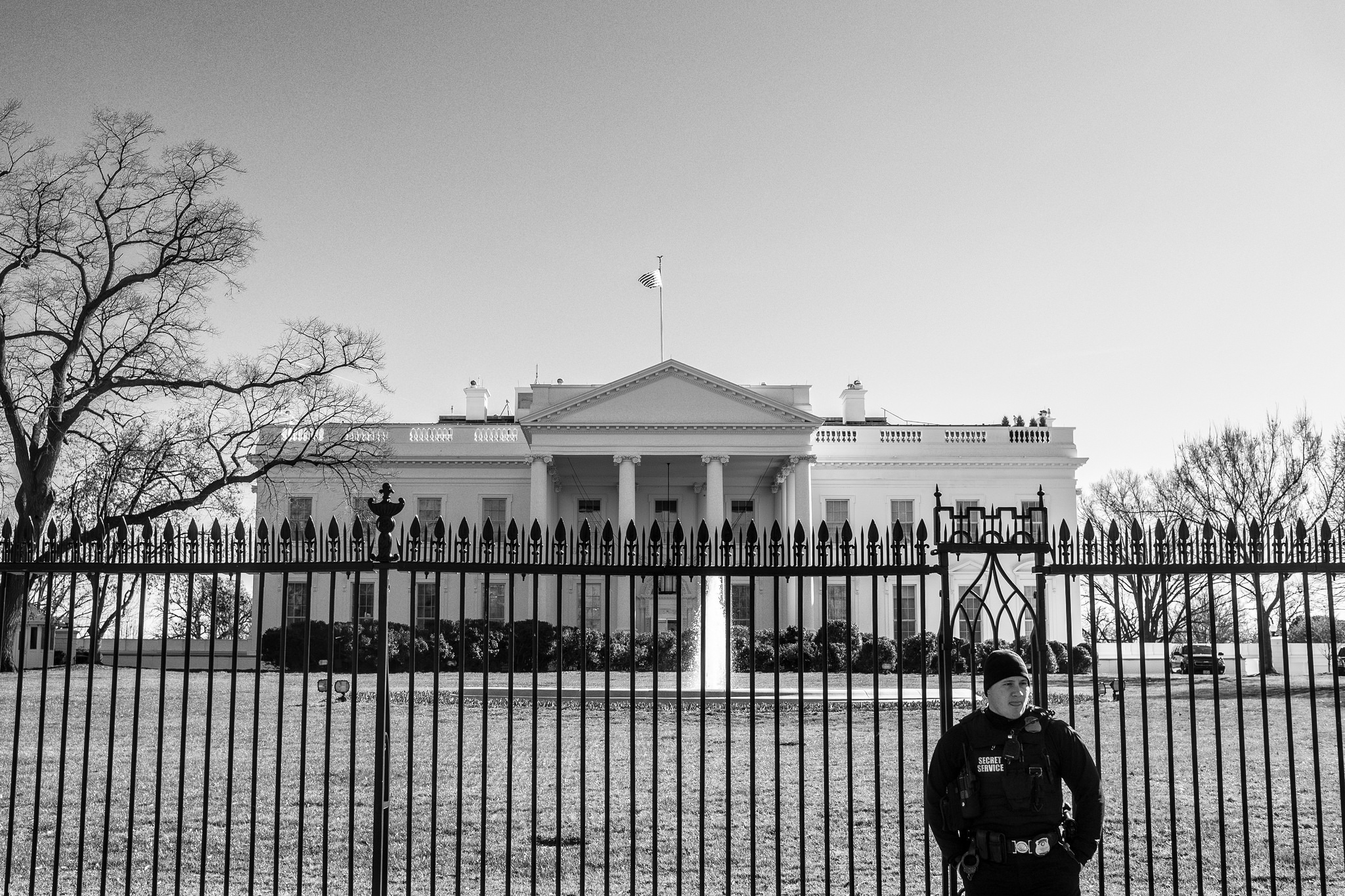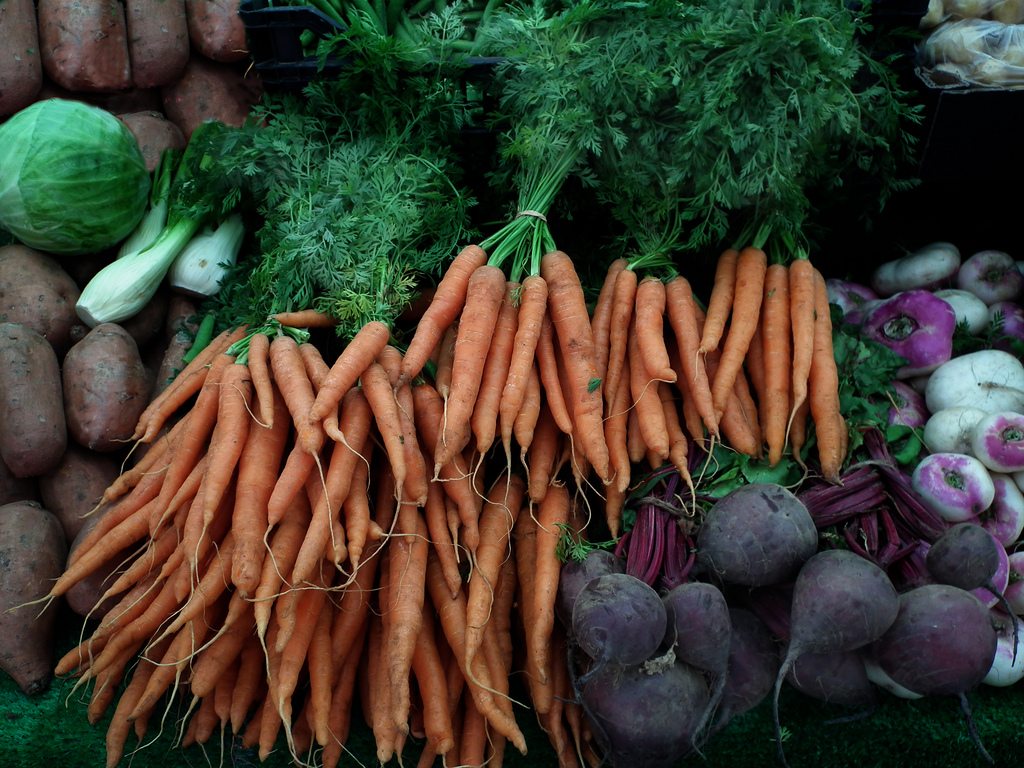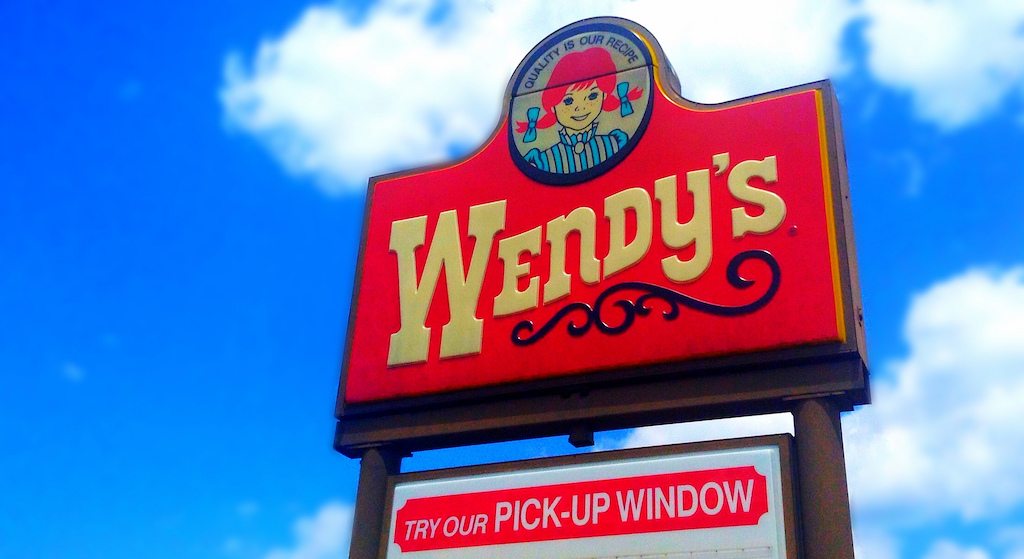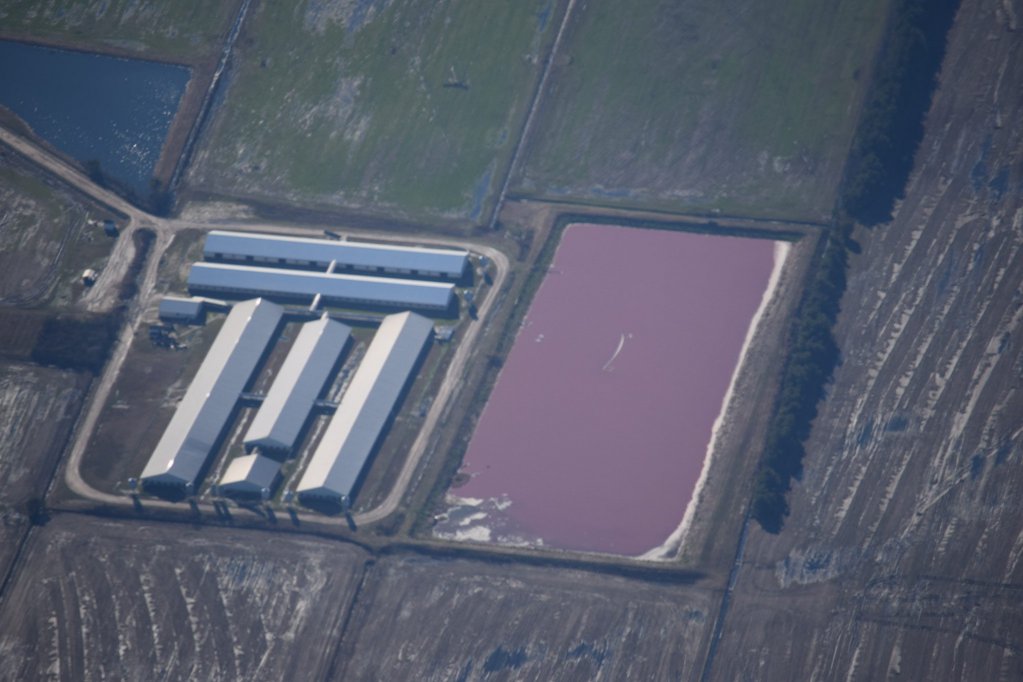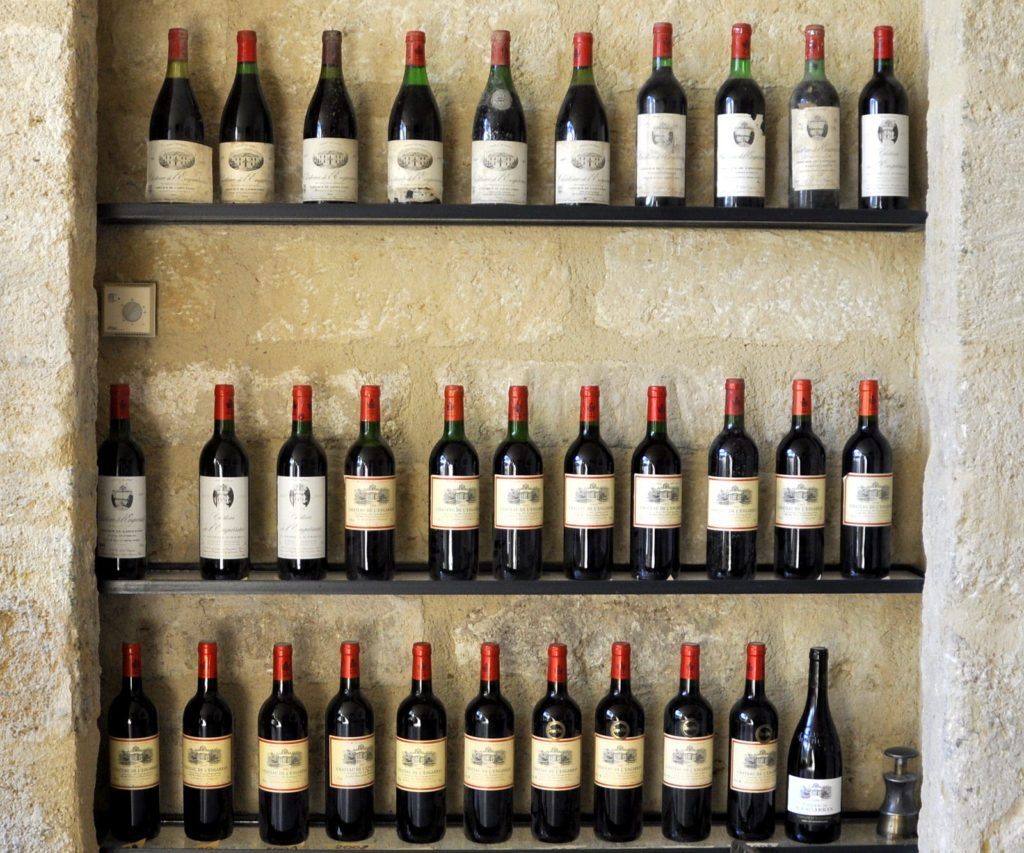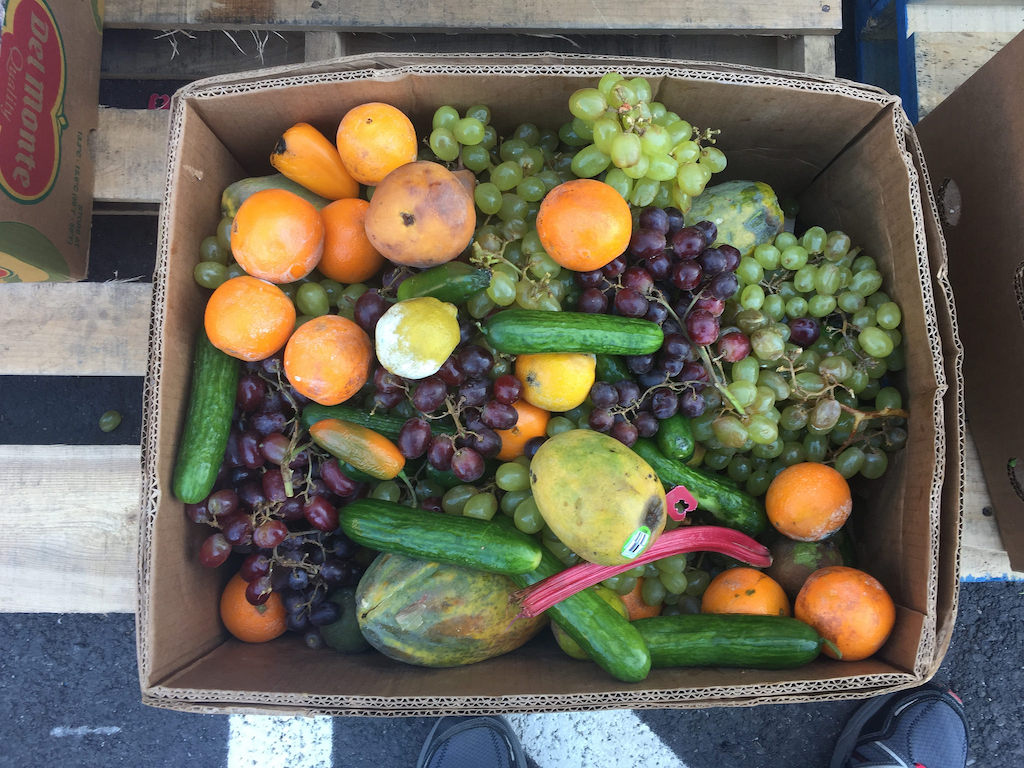President Trump delivered to Congress on Monday his $4.75-trillion budget proposal for 2020, a record-breaking reaffirmation of the White House’s fiscal priorities. The proposed budget, the most costly in history, increases defense spending significantly while proposing significant cuts to programs run by agencies that administer social programs, including the Department of Agriculture (USDA). As a whole, USDA has been allocated $3.6 billion for fiscal year 2020, or 15 percent less funding than the agency is estimated to receive in 2019.
Though the budget is ambitious in scope and price tag, and notable for being both lavish and tight-fisted, it’s not likely to become law while Democrats control the House. Nonetheless, it’s a notable peek into Trump’ pre-2020 campaign agenda, with a hearty nod to pro-safety-net reformers who were forced to yield during farm bill 2018 negotiations.
Some elements of this budget will sound familiar, as will the opposition to them. This version, for instance, re-ups last year’s much-maligned “Harvest Box” proposal—a plan to fund the Supplemental Nutrition Assistance Program (SNAP, formerly food stamps) in part by partially replacing recipients’ benefits with meal-kit-like boxes of non-perishable foods. Additionally, the proposal allocates $25 million toward the controversial relocation of USDA’s independent research agencies outside of Washington, D.C., despite ongoing legislation to block the move.
Democratic lawmakers were quick to condemn the budget for proposing deep cuts to programs that aim to mitigate hunger and support rural development. House Agriculture Committee Chairman Collin Peterson, a Democrat from Minnesota, issued the following statement:
“This proposal tells us one of two things: either the White House doesn’t understand why these programs are important, or they don’t care. What’s more, all of these shortsighted cuts are second and third attempts to revisit policy proposals that were rejected in the farm bill negotiations. This budget was concocted by a bunch of ideologues who can’t see what’s clearly going on in the farm economy.”
Secretary of Agriculture, Sonny Perdue, meanwhile, defended the cuts as a fiscally-necessary measure.
“With our national debt soaring to over $22 trillion, we can no longer kick the can down the road,” he wrote, in a USDA press release. “The time to act is now and USDA will actively do its part in reducing federal spending. We are stewards of other people’s money and must be diligent in spending it more carefully than we would our own when it comes to delivering our programs.”
Here’s what else you need to know:
Food stamps
Trump’s proposal would cut funding for SNAP by $17.4 billion—or one-fifth of its current budget—an effort to promote “self-sufficiency” among recipients, according to USDA’s budget summary. Under the budget, all able-bodied adults between 18 and 65 would be required to work or to participate in job-search activities for 20 hours per week in order to receive food stamps. That is likely to reignite congressional arguments that raged throughout 2018, when similar, ultimately unsuccessful requirements were a matter of much debate during farm bill negotiations.
Farm subsidies
The president’s budget limits agricultural subsidy programs in a few different ways. First, it restricts programs to producers with an adjusted gross income of less than $500,000 per year. It also reduces the amount of money producers receive from crop insurance through a set of proposals that would “reduce the average premium subsidy for crop insurance from 62 percent to 48 percent.” Cuts to crop insurance and farm subsidies are projected to total $28 billion, Politico reports.
Rural broadband
The budget also calls for billions in rural infrastructure, including $690 million in telecommunications loans that would expand rural broadband, largely for the USDA’s upcoming broadband pilot program, which is taking off this year. It also funds the Department of Commerce to conduct mapping work and revive its dormant broadband map—an evident rebuke of the Federal Communications Commission’s national broadband maps, which arrived last year with major fanfare, before lawmakers began noticing that its poor and inaccurate data was excluding some rural communities from receiving badly-needed support.
Conservation
The president’s budget eliminates the Conservation Stewardship Program, one of most comprehensive policies designed to incentivize farmers to conserve land. Conservation programs would face $8.9 billion in spending cuts over the next decade, Politico reports.
